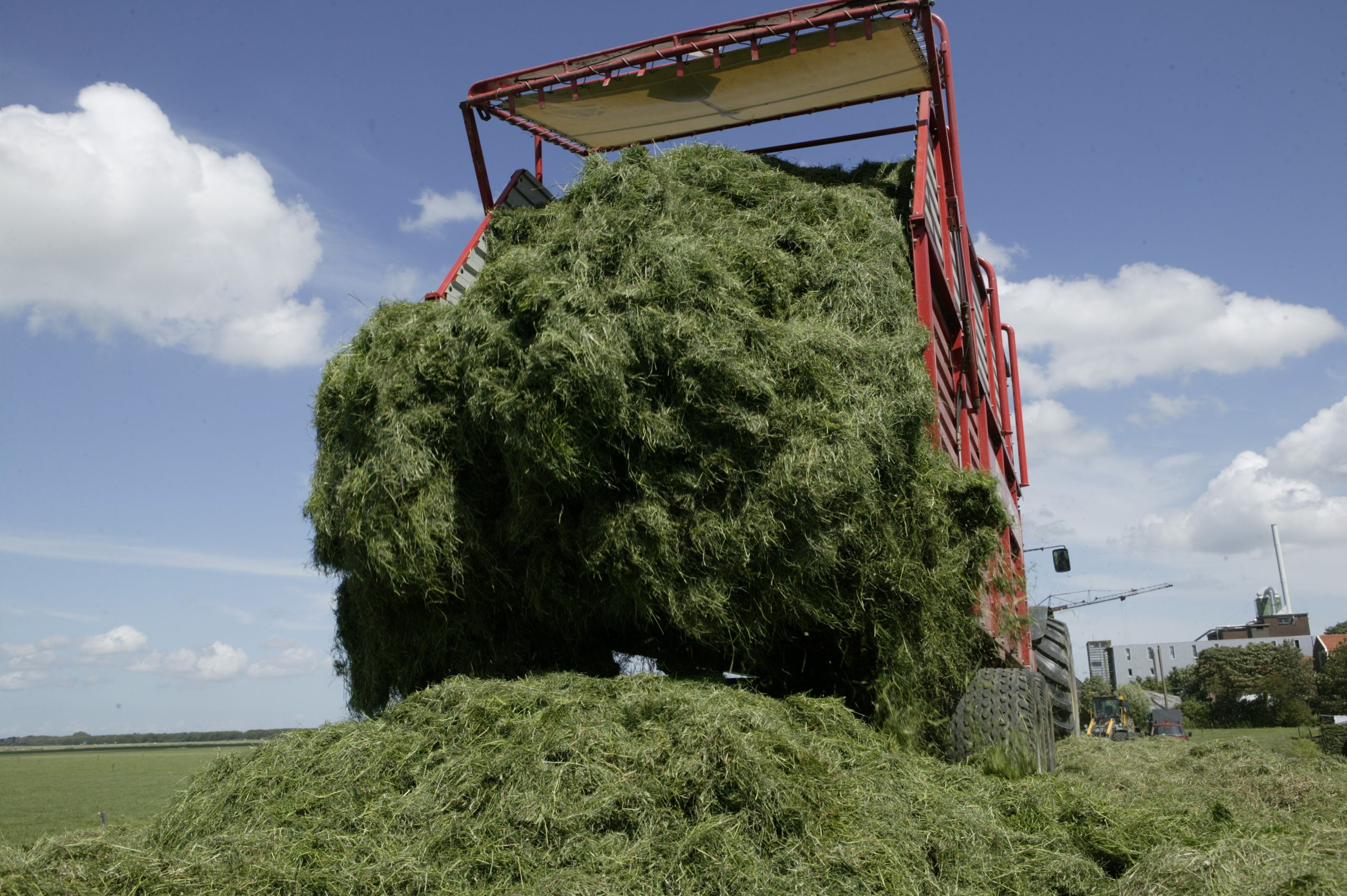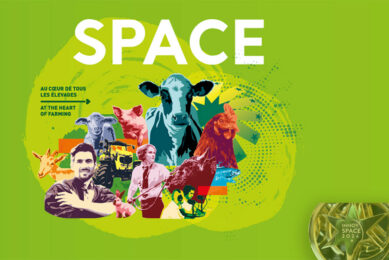Grassland survey shows science pays

Farmers are taking a more measured and scientific approach to their grassland, leading to reduced fertiliser usage, but there is still plenty more that they can do, according to new survey results.
Organised by the Grassland & Muck Event in the UK, the survey reveals that more farmers are analysing their soil and manure than ever before, with an increasing proportion also taking professional advice on variety choice. However, there is still a huge opportunity for farmers to make more of their grassland, with only 14% regularly measuring grass growth and 29% still not producing a nutrient or manure management plan.
“The last time we conducted this survey was in 2011, and it’s encouraging to see how farmers’ attitudes have changed,” says Alice Bell, head of technical events and organiser of Grassland & Muck. “Of particular note is a more scientific approach to manure and slurry usage: 14% of respondents now use laboratory analysis against 9% in 2011 and the proportion basing nutrient content on personal assumption has dropped 37% to 20%.” As a result, 29% of respondents have reduced nitrogen fertiliser usage, 24% are using less phosphate and 21% have cut potash applications. “The cost savings from making better use of manure are considerable,” says Ms Bell. “But it’s also interesting to note that between 15% and 19% of farmers have increased fertiliser use, based on soil analysis, to improve grass quality and yield.”
Even so, there’s plenty more that farmers can do to exploit the true potential of their grassland, warns Nigel Hester, area manager at Yara. “Many are still not soil testing frequently enough, measuring grass yields or investing in the best grass varieties where an effective balanced crop nutrition programme will help achieve high yields of nutritious forage.”
Some 70% of respondents admitted to never measuring their grass, and 14% said they never tested their soils. However, on the plus side, 62% said they do test their soils every five years or less, with the majority reseeding leys every six years or less. “The top reasons for reseeding are poor silage crop or low yield (49%), rotation (37%) and weeds (33%),” says Ms Bell.
The number of producers using the Recommended List when selecting grass and clover varieties has increased slightly to 46%, with those taking agronomist’s advice up from 31% to 36%. “This suggests that farmers are paying more attention to variety selection – in fact, the proportion who simply choose the variety they grew before has halved, to just over 6%.”
Interestingly, considerably more farmers than before are spreading slurry and manure on arable land – 49% compared to 34% in 2011. “Arable producers are increasingly turning to more traditional methods to combat rising input costs and falling soil organic matter,” explains John Williams, principal soil scientist at ADAS. “Many are now opting to return grass and livestock to the enterprise mix, which is something that we will be exploring in more detail at this year’s Grassland & Muck Event.”











